by Rebecca Furer for Teach It
TEACHER'S SNAPSHOT
Subjects:
African Americans, Art, Asian Americans, Children, Civil Rights, Education, Environment, Health & Medicine, Historic Preservation, Individuals in History, Migration, Native/Indigenous Peoples, Politics & Government, Puerto Ricans, Slavery & Abolition, Social Movements, Voting & Suffrage, Women
Course Topics/Big Ideas:
Cultural Communities in Connecticut Present and Past, Innovation, Industry, and Economic Growth
Town:
Canaan, Hartford, Norfolk, Old Lyme, Uncasville, West Hartford
Grade:
Grade 3
Lesson Plan Notes
How can one person change their community, their state, their country, or the world for the better? This activity explores this question and the significance of Connecticut’s contribution to America’s story through mini biographies of eight individuals from Connecticut history. Because these are not the “most famous” people from Connecticut’s history, this activity gives students the chance to think about how “regular” people can make a difference and why some people are remembered while others are not. In order of birth date, the individuals highlighted are:
- Thomas Hopkins Gallaudet (1787-1851, Educator)
- James Mars (1790-1880, Writer & Community Leader)
- Yung Wing (1828-1912, Educator)
- Caroline Maria Hewins (1846-1926, Librarian)
- Mary Townsend Seymour (1873-1957, Community Leader & Suffragist)
- Gladys Tantaquidgeon (1899-2005, Medicine Woman & Cultural Preservationist)
- Roger Tory Peterson (1908-1996, Artist & Conservationist)
- Maria Colón Sánchez (1926-1989, Community Leader & Politician)
ESSENTIAL QUESTION
SUPPORTING QUESTIONS
- How can one person change their community, their state, their country, or the world for the better?
- In what ways are people remembered/celebrated in our community or state?
- Why are some people remembered and others not?
ACTIVITY
1. As a class, discuss ways that individuals can contribute in a positive way to their community or the larger world. Compile a list. What are some things students can do to make a difference?
2. Explain that students will be reading short biographies of people from Connecticut’s past who worked to make things better in their communities and beyond. Review the key elements of a biography, if that is something you have been exploring in class.
3. Decide if you want to break the class into small groups and assign one biography to each, or if you would like the students to read several or all of the biographies over several days.
4. As students read the biographies, encourage them to circle, underline, or highlight unfamiliar vocabulary words and then look up their definitions or try to figure out their meanings from context clues. As they read, students should pull out details about each individual:
- When and where did this person live?
- What, if anything, do we know about this person’s childhood?
- What kind of work did this person do?
- What words would best describe this person?
- How did this person make a positive change in their community?
5. If students are working in groups, have them discuss their findings together and then share with the other groups. If students are all reading the same biographies, discuss their findings as a class.
6. Discuss some ways that people are honored or remembered in our community or in our state. How would students suggest honoring or remembering each of these individuals from Connecticut’s past?
OPPORTUNITIES FOR ASSESSMENT
- Students will research a person from their own community (or from Connecticut in general) and create a poster or presentation including some background information and highlighting the type of positive change this person made in their community/state/nation/world. Teachers can decide whether to focus on historical or living/contemporary individuals. For some suggestions for historic figures, visit the Connecticut Women’s Hall of Fame website: cwhf.org/explore-inductees or ConnecticutHistory.org: connecticuthistory.org/people/.
- Students will design a monument/memorial to one of the people highlighted in this activity and then write a paragraph explaining why it looks the way it does, what different elements represent, etc.
- Students will complete a graphic organizer of your choice (Venn diagram, double bubble, etc.) comparing and contrasting two or more of the individuals studied.
RESOURCE TOOL KIT
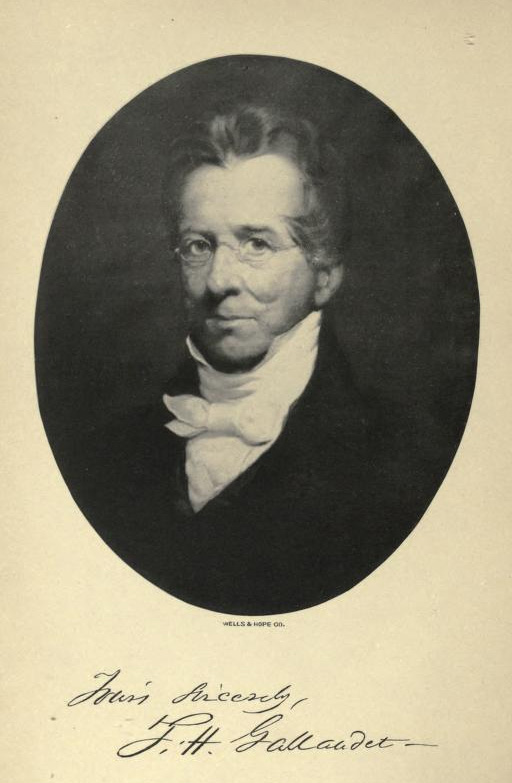
Thomas Hopkins Gallaudet Biography
Image courtesy: University of Toronto Library, digitized by the Internet Archive
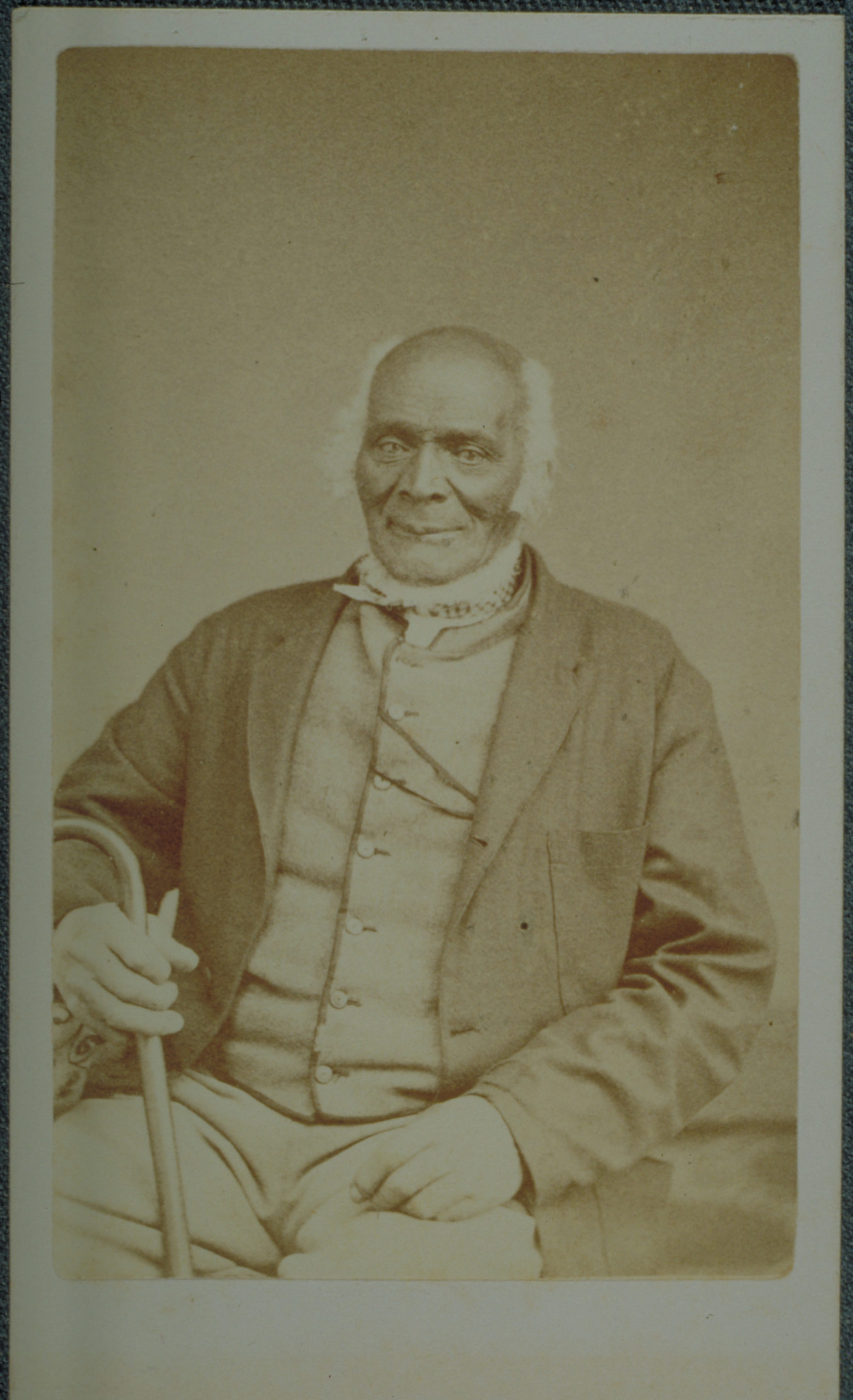
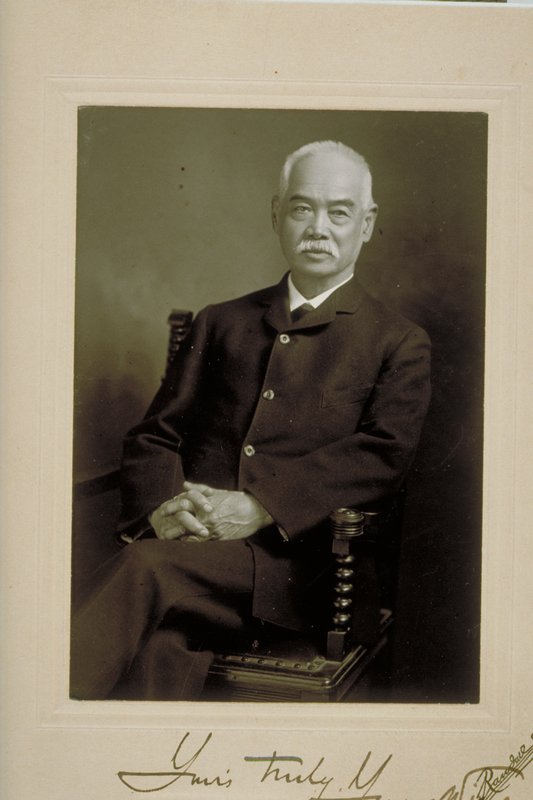
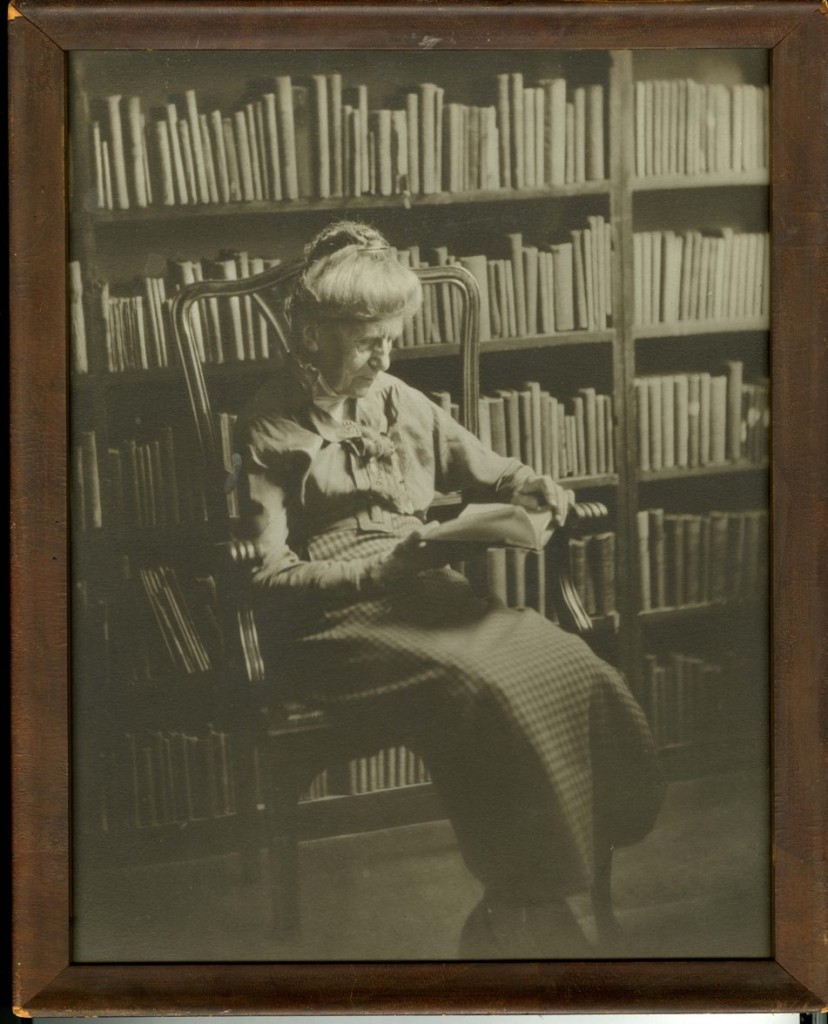
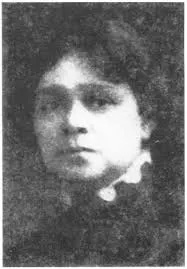
Mary Townsend Seymour Biography
Image courtesy: Hartford Courant Sunday Magazine, Sunday, September 14, 1952
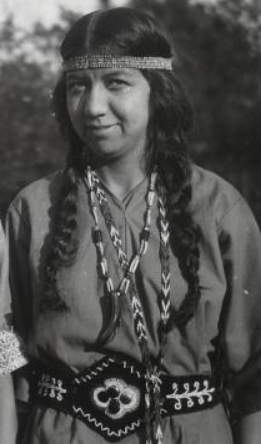
Gladys Tantaquidgeon Biography
Image courtesy: National Museum of the American Indian
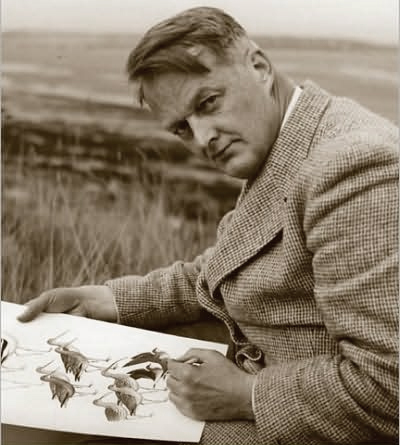
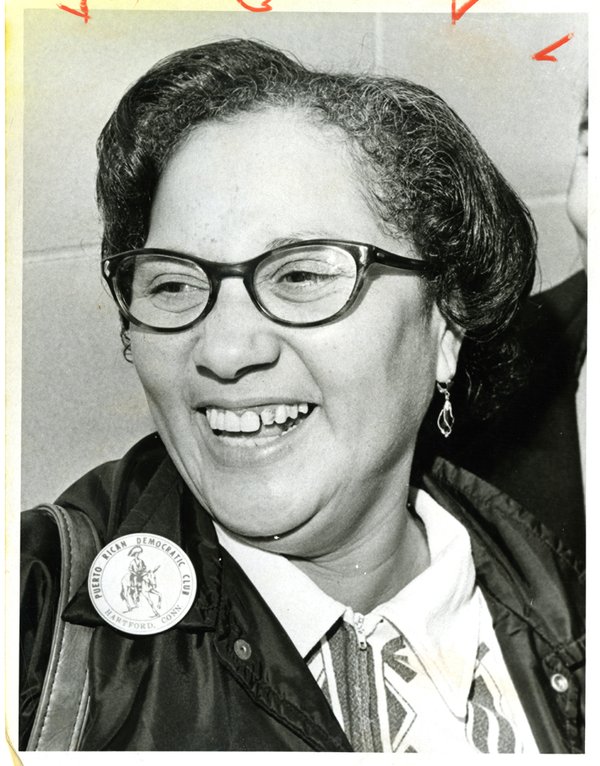
ADDITIONAL RESOURCES
Places to GO
Florence Griswold Museum, Old Lyme
Harriet Beecher Stowe House, Hartford
Hempsted Houses, New London
Mark Twain House, Hartford
Nathan Hale Homestead, Coventry
Prudence Crandall Museum, Canterbury
Strong-Howard House, Windsor Historical Society
Site of one of Connecticut’s “Witness Stones”
Sites on the Connecticut Freedom Trail
Things To DO
Have students compile a list of streets, buildings, parks, etc. in their own town that are named after people. How many of these people are familiar to them (e.g. George Washington)? How many more can they identify with additional research?
Websites to VISIT
Articles to READ
ConnecticutHistory.org:
- “Gallaudet’s Vision Advances Deaf Education” by Emily E. Gifford
- “James Mars’ Words Illuminate the Cruelty of Slavery in New England” by Peter P. Hinks
- “Yung Wing’s Dream: The Chinese Educational Mission, 1872-1881” by Barbara Austen
- “The Public Library Movement: Caroline Hewins Makes Room for Young Readers” by Susan Aller
- “Medicine Woman Gladys Tantaquidgeon and Mohegan Cultural Renewal”
- “Artist Roger Tory Peterson, a Champion for the Natural World” by Steve Grant
- “Maria Sánchez, State Representative and Community Advocate”
“Audacious Alliance: Mary Townsend Seymour” by Mark H. Jones. Connecticut Explored, Summer 2003.



